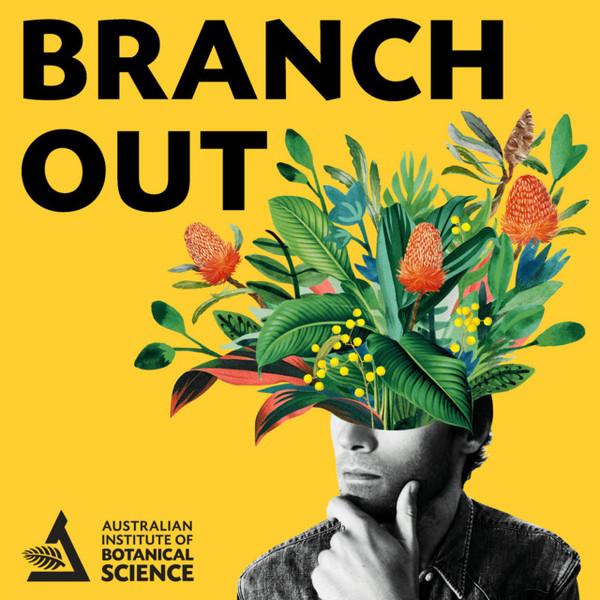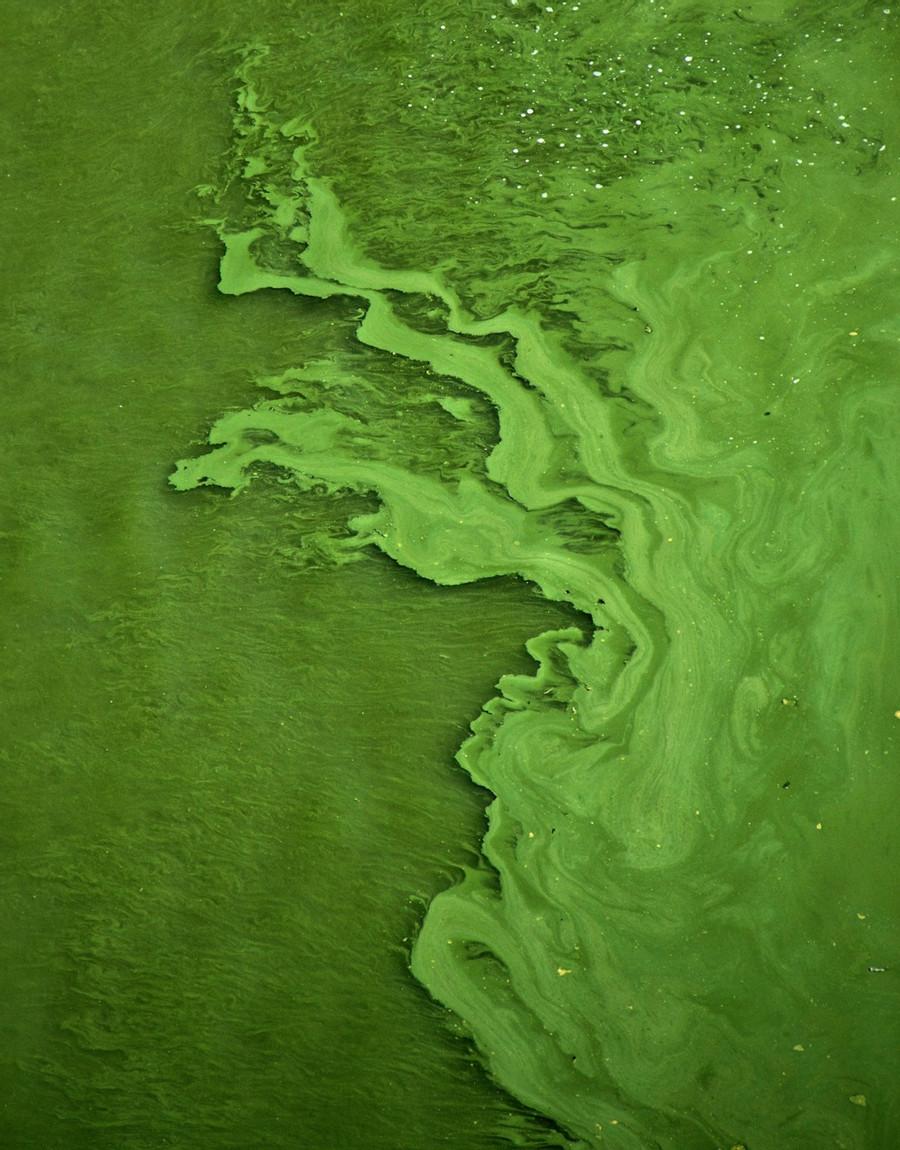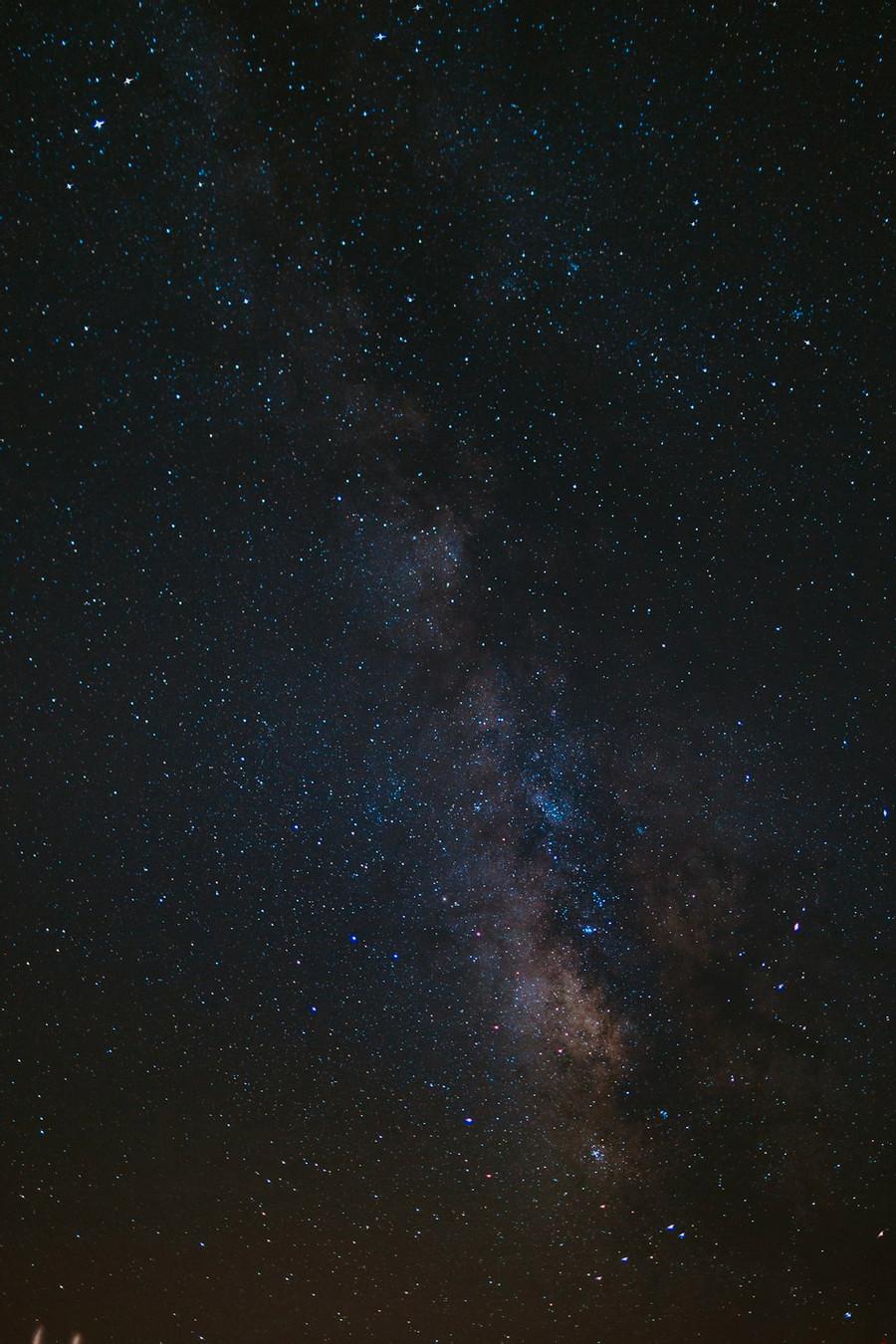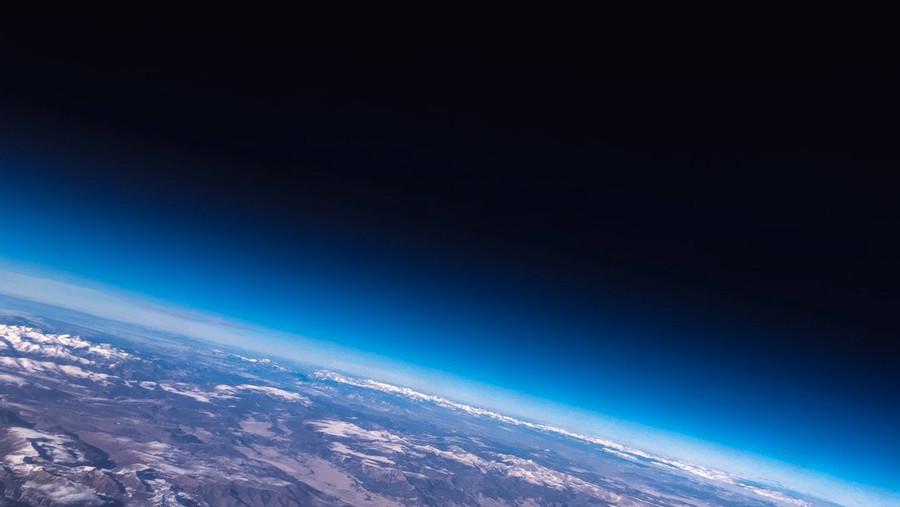Explore the World's Best Ideas
Join today and uncover 100+ curated journeys from 50+ topics. Unlock access to our mobile app with extensive features.
How was photosynthesis discovered?
Jan Ingenhousz published the research on photosynthesis in 1779.
- He placed plants into a transparent container and submerged them in water
- Small bubbles appeared on the bottom of the plants
- The bubbles only appeared on the green parts
- He found that the bubbles stopped producing when they were taken out of sunlight
22
599 reads
When did photosynthesis first appear in nature?
Until recently, blue-green algae were thought to be the first organisms to photosynthesize, about 2.7 billion years ago.
In a 2018 study, scientists found out that ancient microbes have been photosynthesizing 1 billion years earlier than thought.
- complex life would have been able to evolve earlier
19
429 reads
Bacteria with stolen photosynthesis
Researchers have uncovered a bacteria that uses stolen technology.
- The bacterium stole photosynthesis-related genes from a different bacteria
- This bacteria now has a central reaction center, an inner sunlight-capturing ring, but it also has a new type of outer ring
- This study shows that this species independently evolved its own solar-energy trapping technology
20
383 reads
What if a star emits a different color of light?
Would chlorophyll's green pigment still be the best? or would plants be a different color?
New research published uses numerical models of chemistry and physics of photosynthesis to find the optimal wavelengths of light.
17
387 reads
The red edge
The earth's surface is covered with green plants and bacteria, which absorb a lot of red light and reflect a lot of visible and infrared light from the sun.
This leads to this really cool feature of life on earth: the red edge.
- satellites around earth use this to trace vegetation growth
- astrobiologists may be able to look for this feature to find a sign of life
27
354 reads
What if the edge is not red?
It might be blue, or not even visible light.
The researchers' goal was to figure out where future telescopes should look for a red edge, or whatever color it is.
These findings could help scientists find vegetation on other planets in the next few decades.
21
382 reads
IDEAS CURATED BY
CURATOR'S NOTE
A very interesting podcast about plants, tried to start small, so here's how photosynthesis was discovered, when it first appeared, a bacteria that uses stolen technology and how photosynthesis can be used to find alien life. 🛰️🔎🌿
“
xou 's ideas are part of this journey:
Learn more about scienceandnature with this collection
The importance of physical activity
The role of genetics in lifespan
How to maintain a healthy diet
Related collections
Similar ideas
25 ideas
Quantum biology and living entities
medium.com
1 idea
Read & Learn
20x Faster
without
deepstash
with
deepstash
with
deepstash
Personalized microlearning
—
100+ Learning Journeys
—
Access to 200,000+ ideas
—
Access to the mobile app
—
Unlimited idea saving
—
—
Unlimited history
—
—
Unlimited listening to ideas
—
—
Downloading & offline access
—
—
Supercharge your mind with one idea per day
Enter your email and spend 1 minute every day to learn something new.
I agree to receive email updates






